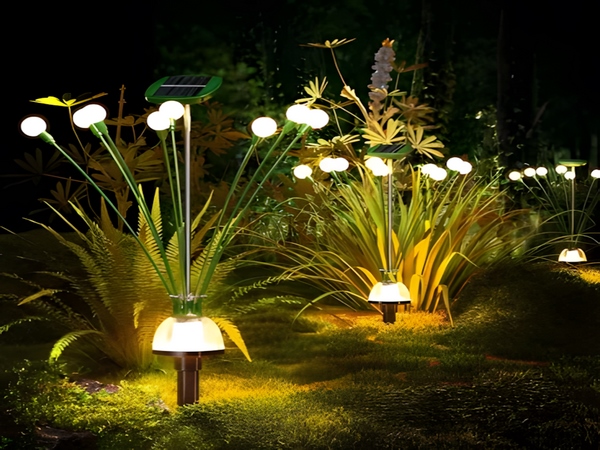
What is the difference between solar street lights and ordinary street lights? Solar street lights are safer and easier to install than traditional street lights, providing environmental protection. They require a one-time investment, do not consume electricity, and incur no further costs. Therefore, across the country, both in urban and rural areas, solar street lights are a sustainable development project.
The detailed differences between solar street lights and ordinary street lights are as follows:
1. Different electricity costs: This point is actually part of the economic cost comparison, highlighted to emphasize the energy-saving and environmentally friendly advantages of solar street lights. Solar street lights do not require traditional power delivered via cables, eliminating electricity consumption issues. This saves on electricity bills and also conserves non-renewable energy resources, as most traditional power sources rely on fossil fuels. Clearly, the widespread adoption of solar street lights greatly contributes to achieving environmental protection and energy-saving goals.

2. Different safety levels: Traditional street lights source their power from high-voltage alternating current through electrical cables. In contrast, solar street lights utilize low-voltage direct current. Scientific experiments have shown that alternating current poses a greater risk to human beings than direct current. When a person comes in contact with direct current, even at 250 milliamperes, it does not cause significant harm. However, contact with 50Hz alternating current for several seconds can lead to serious heart issues. Some electric pole accidents are related to this issue.

3. Different light source origins: The most fundamental distinction between solar street lights and ordinary street lights is their light source. The name itself distinguishes them: solar street lights rely on solar energy, while ordinary street lights depend on power supplied via traditional electrical wires. In cases of power or electrical failures, ordinary street lights can become ‘blind.’ In contrast, solar street lights are unaffected, as they convert absorbed solar energy through an internal system into the required light source for illumination.
4. Different maintenance requirements: Ordinary street lights have complex wiring that requires regular maintenance. As time goes by, wiring deterioration is inevitable, leading to increasing repair costs. Solar street lights, however, do not have these concerns, significantly reducing future labor costs.
The main distinction is that solar street lights are environmentally friendly and energy-saving. They also avoid many of the unnecessary troubles associated with installation, such as excavating channels for traditional street light wiring, leading to savings in project expenses.



